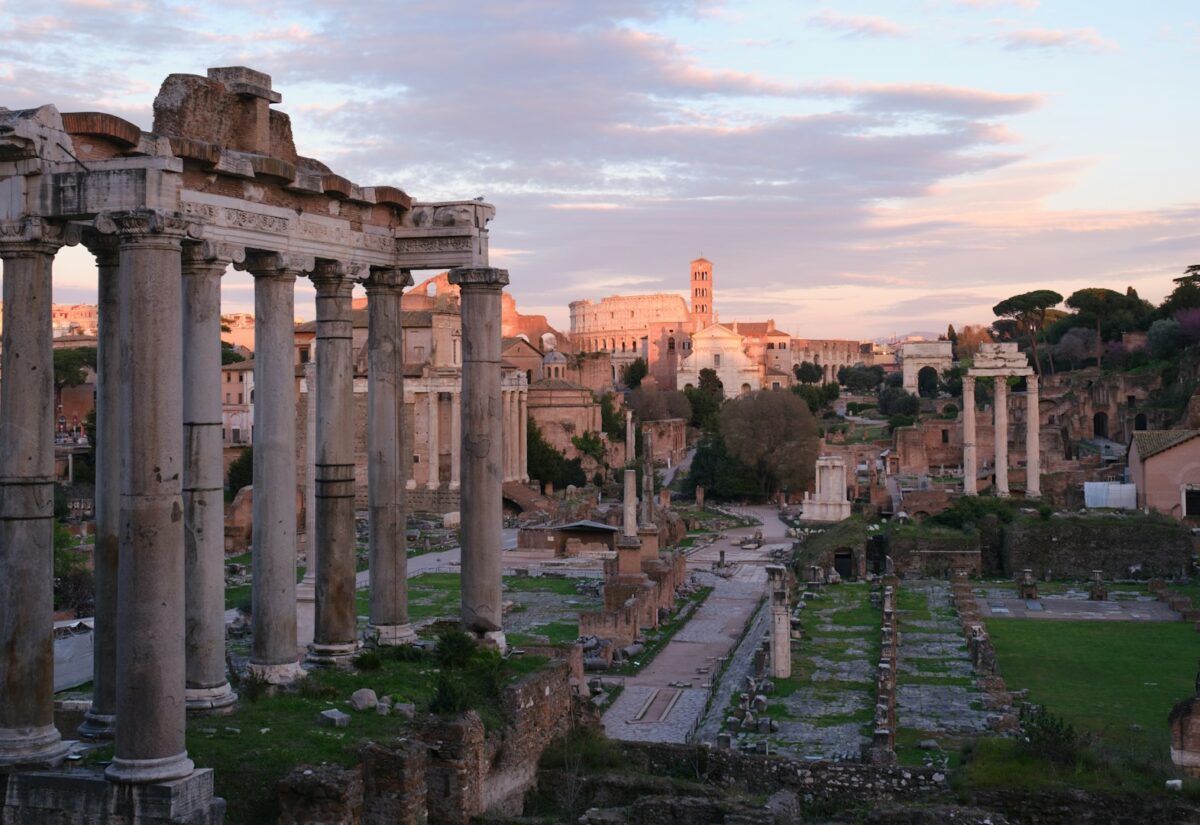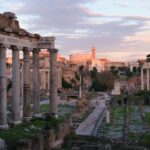Ways You Were Most Likely To Die In The Classical Era
- Jennifer Still
- June 14, 2025
 Unsplash/Joshua Kettle
Unsplash/Joshua KettleThe Classical Era—roughly from 500 BCE to 500 CE—gave us everything from democracy and philosophy to aqueducts and engineering. But behind the marble statues and scrolls of wisdom was a world where staying alive was anything but guaranteed. From ancient Greece to Rome and beyond, life was short, hygiene was minimal, and medicine was more superstition than science. Here are some of the most common (and frankly horrifying) ways people met their end in the Classical world.
Infectious diseases that ran wild
With no understanding of germs and very little in the way of sanitation, disease was everywhere. Typhoid, dysentery, smallpox, and tuberculosis were common killers. People lived in crowded urban areas with poor sewage systems, often dumping waste into rivers used for drinking water.
Plagues could wipe out massive portions of populations. The Plague of Athens (430 BCE), likely caused by typhoid fever, killed as much as a third of the city’s population, including Pericles himself. Ancient physicians like Hippocrates did their best, but without a germ theory of disease, it was more about balancing “humours” than finding the source of the illness.
Childbirth was a major gamble
For women, childbirth was one of the most dangerous parts of life. Without antibiotics, pain relief, or surgical interventions, even a routine delivery could turn fatal. Midwives were common and skilled in their way, but complications like breech births, haemorrhaging, and infections were often fatal.
Infant mortality was also staggering. Some estimates suggest up to half of children died before their fifth birthday. Names weren’t always given until a child had survived the first week or so—because the odds of them living that long weren’t great.
War was constant, and brutal
The Classical Era was one of near-constant warfare. From the endless city-state rivalries in Greece to Rome’s relentless campaigns across Europe and the Mediterranean, being a soldier was deadly. But so was simply being in the wrong place at the wrong time when armies marched through.
Weapons were basic but brutal—spears, swords, slings, and arrows. There were no field hospitals, no antiseptics, and no real post-operative care. Wounds often turned septic. Even minor injuries could prove fatal in the absence of modern treatment.
Food poisoning and dodgy water
Without refrigeration, reliable food storage, or modern preservation techniques, eating was risky. Spoiled meat, contaminated water, and toxic additives were a genuine problem. Lead was commonly used in Roman cookware and pipes, and some historians believe widespread lead poisoning contributed to mental decline in the empire’s later years.
Even wine wasn’t always safe—sometimes mixed with seawater or stored in lead containers, it could do more harm than good. You had to hope your stomach was as iron as your weapons.
Being enslaved, or crushed by the system
For enslaved people across Greece and Rome, life expectancy was low and risks were high. They worked in mines, quarries, or agricultural fields under gruelling conditions. Punishments were harsh, living conditions appalling, and healthcare nonexistent.
Even freed citizens weren’t safe from the systems around them. If you were poor, you had little protection against starvation, overwork, or being conscripted into dangerous jobs. The divide between classes could be quite literally life and death.
Natural disasters and the wrath of the gods
Volcanoes, earthquakes, floods, and fires were all common, and deadly. The eruption of Mount Vesuvius in 79 CE is the most famous example, killing thousands in Pompeii and Herculaneum. But natural disasters were often seen as punishments from the gods, and people didn’t have the tools to predict or respond to them. There were no warning systems, no emergency services, and no real disaster relief. If nature turned against you, there wasn’t much you could do.
Legal executions and political purges
Justice in the Classical world could be swift and harsh. Execution methods included crucifixion, being thrown from cliffs, or forced suicide (as in the case of Socrates). Gladiatorial combat was another grim fate, especially for prisoners of war or enslaved people. Political instability often led to purges, assassinations, or forced exile. One wrong move, or aligning with the wrong person, could easily land you in a death sentence.
Starvation and famine
Crop failures, droughts, or invasions could quickly lead to famine. Without refrigeration or large-scale food storage, a bad harvest could mean hunger, or death. The poor were hit hardest, but famine could affect entire regions. Rome had grain imports from Egypt and elsewhere, but when those failed or were disrupted by war, food riots weren’t uncommon. In rural areas, people were left to fend for themselves with few safety nets.
Medical “treatments” that hurt more than helped
Ancient medicine was a mixed bag. Physicians did what they could, and some knowledge, like basic wound cleaning, was useful. But many treatments were deeply misguided. Bleeding, purging, and herbal concoctions of dubious value were standard. Surgery, when attempted, was risky and often fatal. Anaesthesia didn’t exist. Even dental work could be life-threatening thanks to infections. People might survive the illness, only to die from the cure.
The Classical Era laid the foundations for Western civilisation, but it wasn’t an easy time to be alive.
Whether you were facing war, childbirth, famine, or an outbreak of disease, danger lurked around every corner. Progress may have been philosophical, but daily life was precarious, painful, and often tragically short.



